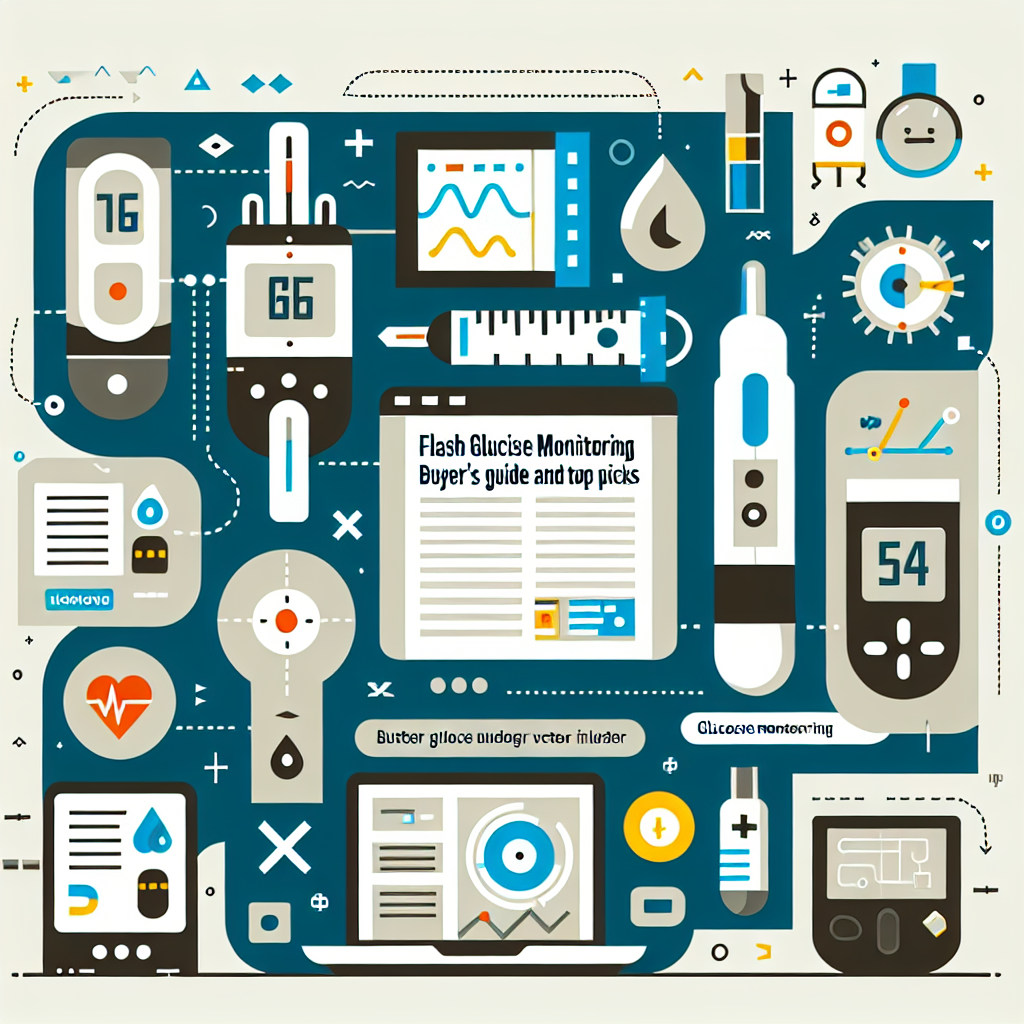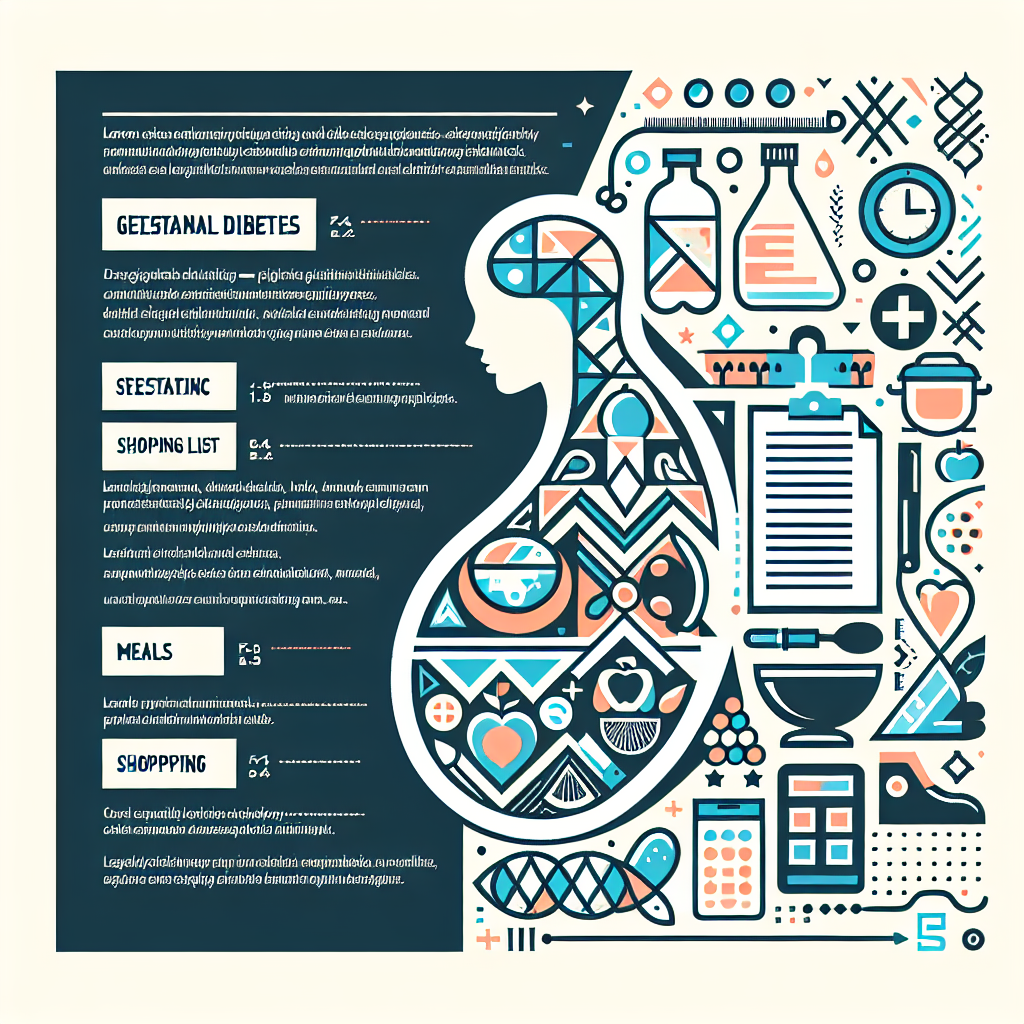People checking their glucose often wonder what a single reading means for their health. A common question is what a blood sugar level 92 means and whether it signals normal control, early trouble, or something that needs immediate attention. This article explains typical ranges, context-dependent interpretations, and practical steps to take when a glucose number is higher than expected.
Understanding a 92 mg/dL reading
Interpreting any glucose value requires context: was the test fasting, post-meal, or a random check? For most adults a fasting reading around 92 mg/dL is within the typical non-diabetic range, but trends and symptoms matter more than one isolated number. If you measure regularly, charting patterns gives a clearer picture than an occasional value.
Why one number doesn’t tell the whole story
A single measurement can be influenced by recent food, stress, medications, illness, or testing variability. For example, a one-off spike such as a 190 blood sugar reading after a large carbohydrate meal may be expected, while repeated postprandial spikes could indicate impaired glucose tolerance. Conversely, a sugar level 92 after fasting usually suggests reasonable control, but if you consistently see higher fasting numbers (e.g., in the high 100s), it’s worth further evaluation.
Common scenarios and what they usually mean
- Fasting reading near 92 mg/dL: Generally considered normal for many people, but confirm with repeat tests if you have risk factors.
- Random reading 92 mg/dL: Often normal depending on when you last ate — compare against your usual patterns.
- Post-meal spike to 190 or higher: A one-time 190 blood sugar is common after a heavy meal; recurrent peaks suggest impaired glucose regulation.
- Symptoms plus abnormal numbers: If you have dizziness, excessive thirst, frequent urination, or unexplained weight changes, seek medical advice even if a single reading seems borderline.
How to respond when your reading is 92 or higher
Start with simple, practical steps: repeat the test to confirm the value, note timing relative to the last meal, and record any symptoms or medications. If your reading is mildly elevated but asymptomatic, focus on lifestyle measures—improving diet quality, increasing physical activity, losing excess weight, and avoiding tobacco. If you have diabetes or are on glucose-lowering medication, a reading above your usual target should prompt consultation with your care team to adjust therapy safely.
When to contact a healthcare provider
Contact your provider if you see persistent abnormal values (for example, fasting numbers consistently above 100 mg/dL or repeated post-meal readings above target), experience concerning symptoms, or have readings that are very high or very low. Your clinician may order fasting plasma glucose, an oral glucose tolerance test, or an A1C to better assess long-term control. For an approachable overview of diabetes basics and testing options, see the CDC overview of diabetes basics.
Treatment context and further reading
Treatment depends on whether you have prediabetes, type 1, or type 2 diabetes, and on your overall health. Education, lifestyle change, and individualized medication choices are the foundation of care. For an in-depth resource on treatment strategies for both major diabetes types, consult this comprehensive guide to Type 1 and Type 2 diabetes treatments for 2024, which reviews current options, monitoring approaches, and patient-focused strategies.
- Repeat testing to confirm an unexpected result.
- Record timing, recent meals, medications, and symptoms.
- Adopt healthy eating, regular activity, and consistent sleep.
- See your clinician for persistent abnormalities or if you’re on glucose medicines that may need adjustment.
Practical tips for everyday monitoring
Use the same meter and testing technique for consistency. Test at the times recommended by your provider (fasting, before meals, or postprandial), and keep a simple log. Small changes—choosing whole foods, reducing added sugars, and moving more—often lower readings gradually and safely.
FAQ
Q: Is a single fasting sugar level 92 concerning?
A: Not usually. A fasting sugar level 92 is commonly considered within the normal range for many people, but repeat testing and risk factor assessment are important to confirm status.
Q: When does a high reading require urgent care?
A: Seek urgent care for very high values accompanied by severe symptoms (confusion, very high thirst, vomiting, or signs of diabetic ketoacidosis) or for dangerously low readings with fainting or seizure. Persistent high readings should prompt timely medical follow-up.
Q: How should I act if I see occasional spikes like 190 after a meal?
A: Occasional post-meal 190 blood sugar readings can happen after high-carbohydrate meals. Monitor patterns, choose balanced meals, and discuss repeated spikes with your clinician to rule out impaired glucose tolerance.






